Inside the world's first 3D printed house in raw earth
Tecla, a revolutionary 3D printed house designed by Mario Cucinella Architects in collaboration with specialists WASP and unveiled this month in Italy, is made entirely from raw earth
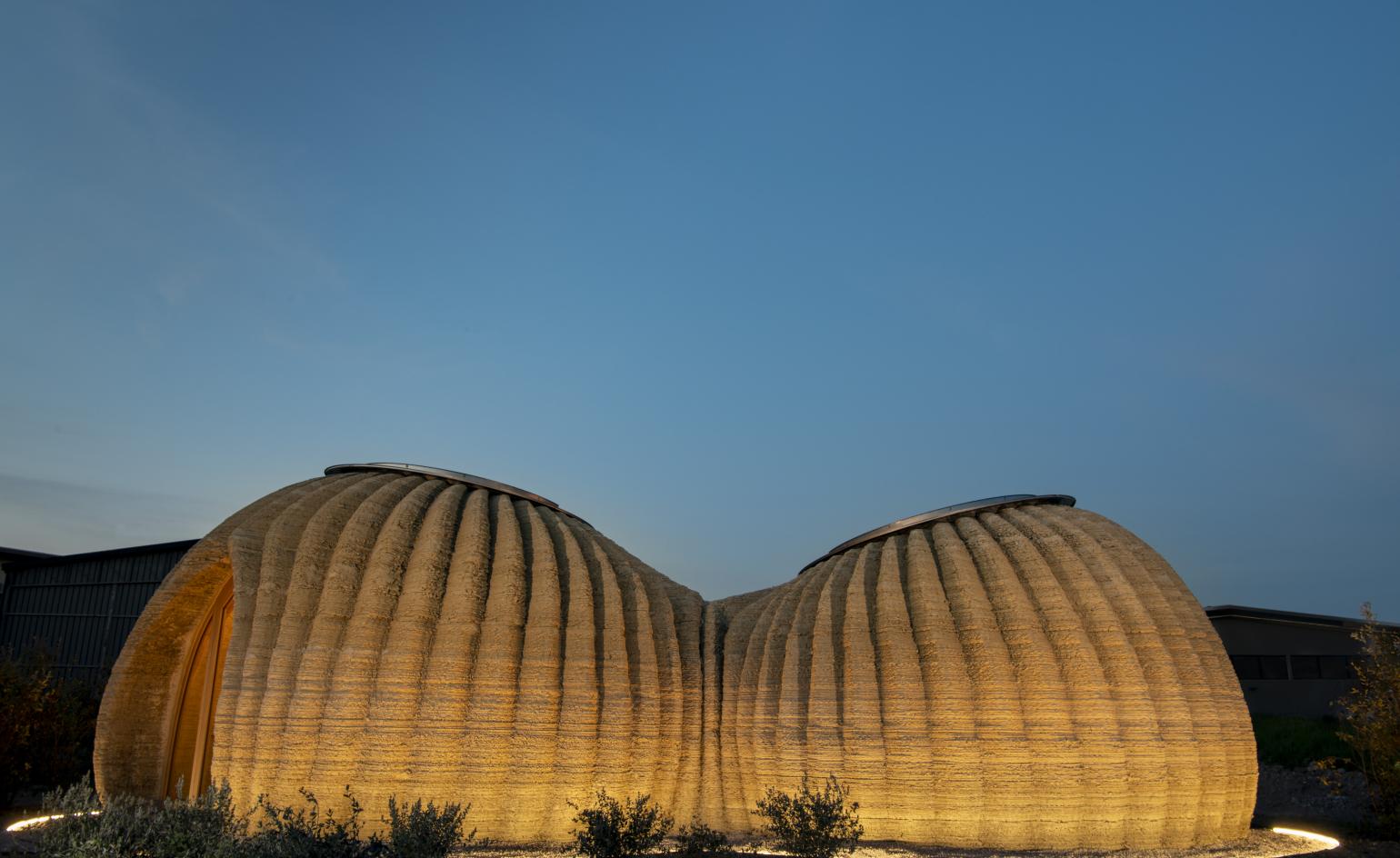
Iago Corazza - Photography
Mario Cucinella Architects has built the world's very first 3D printed house made entirely from raw earth. Named ‘Tecla', and built in collaboration with specialists in the field WASP, the structure demonstrates the point where natural materials meet technology and has just been unveiled in Italy's Massa Lombarda region, near the city of Ravenna.
‘Adopted from one of Italo Calvino’s Imaginary Cities, one that is forever taking shape, the name ‘Tecla' evokes the strong link between past and future combining the materiality and spirit of timeless ancient dwellings with the 21st-century world of high-tech production,' say the architects.
Revolutionary technology
The building was created with the cutting edge of current 3D printing technology, and as a result the team was able to construct its 60 sq m in a mere 200 hours. This was helped by the fact that the structure was designed to be entirely self supported – it requires no other framework structure and can hold its own weight. A minimalist approach in material use – effectively, the whole house is created out a single material in one go – means the risk of complications on the building site are low helping things move more efficiently and faster.
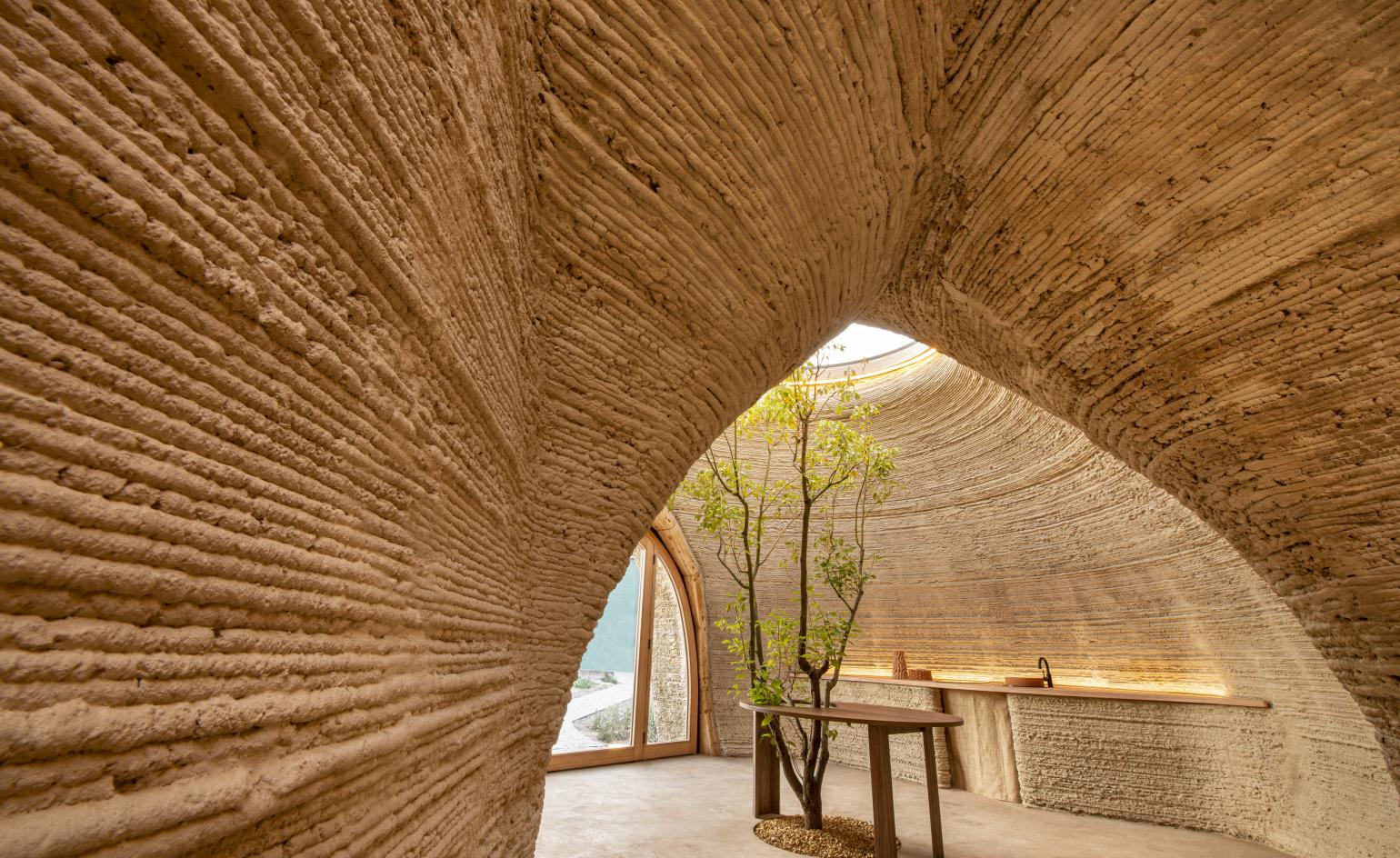
Sustainability in this 3D printed house
Built in situ using locally sourced materials, Tecla is an exemplar of a zero-waste product. Local soil was used for the 3D printing's raw material and on top of this, the sriking, tactile shell is wholly biodegradable – demonstrating how smart architecture can look good but also be in the technological avant-garde and support a low-carbon approach at the same time.
The composition of the earth mixture used in the build was created in direct response to the local climatic conditions. This means that thermal performance has been optimised too, ‘balancing thermal mass, insulation and wall ventilation within the envelope,' explain the architects.
Streamlined aesthetics
The streamlined approach with construction is mirrored in an appropriately strong aesthetic. The house appears coherent, with the same visual style both inside and out. The environment feels natural and warm, with gentle colourings and a tactile surface finish that is friendly to the touch. The internal spaces – a living area, a bedroom and bathroom – feature tailor made, built-in furniture to match the overall aesthetic, allowing at the same time enough free, open space for customisation and flexibility if needed.
‘Fitted furnishings are produced as part of the 3-D printing process enabling occupants to make instant use of these dwellings,' say the architects. ‘This was an important consideration for Mario Cucinella Architects because the studio wanted to use 3-D printing technologies to address both acute housing emergencies, for which the rapid construction of TECLA housing is especially suitable, and the longer-term housing crisis around the world.'
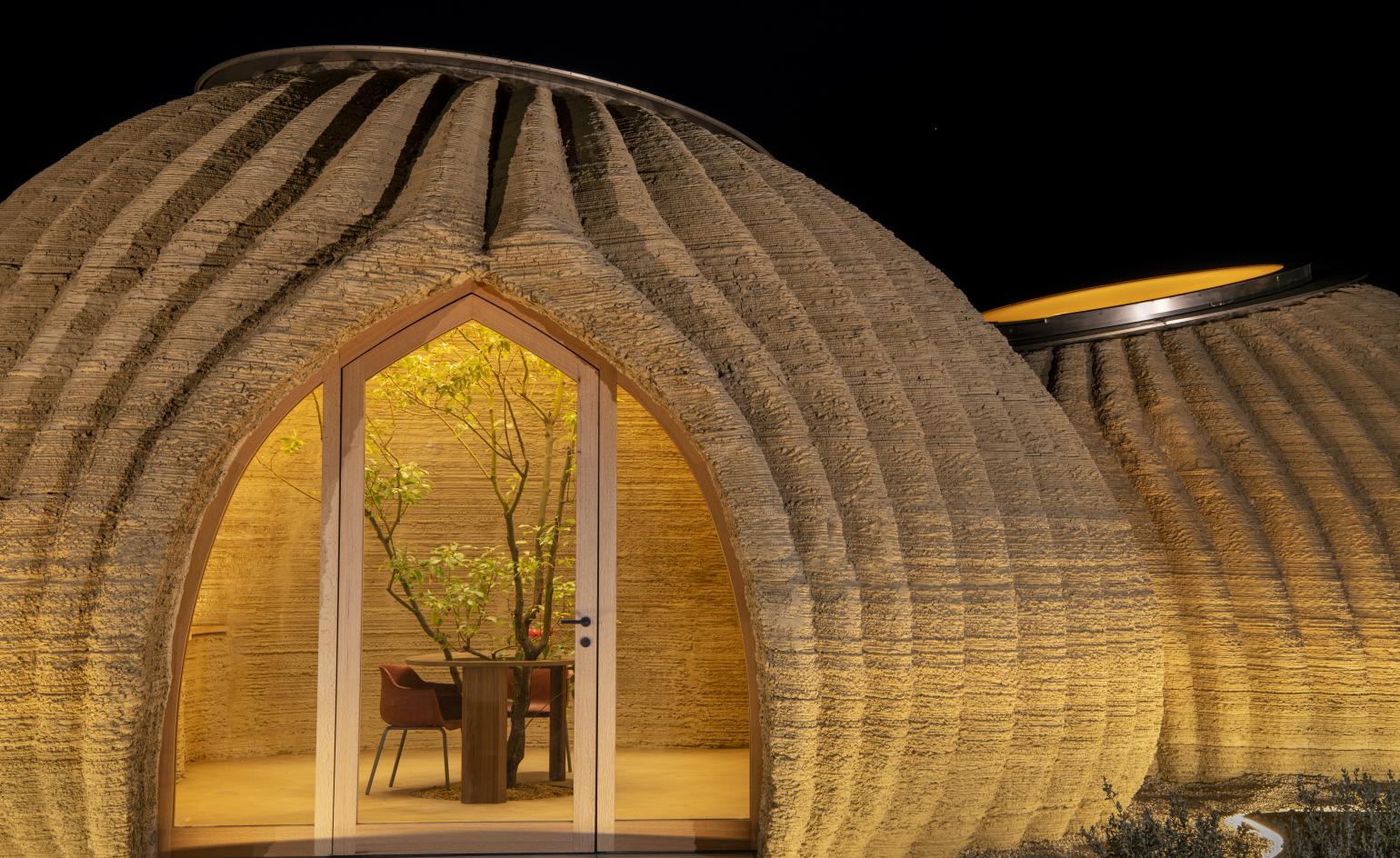
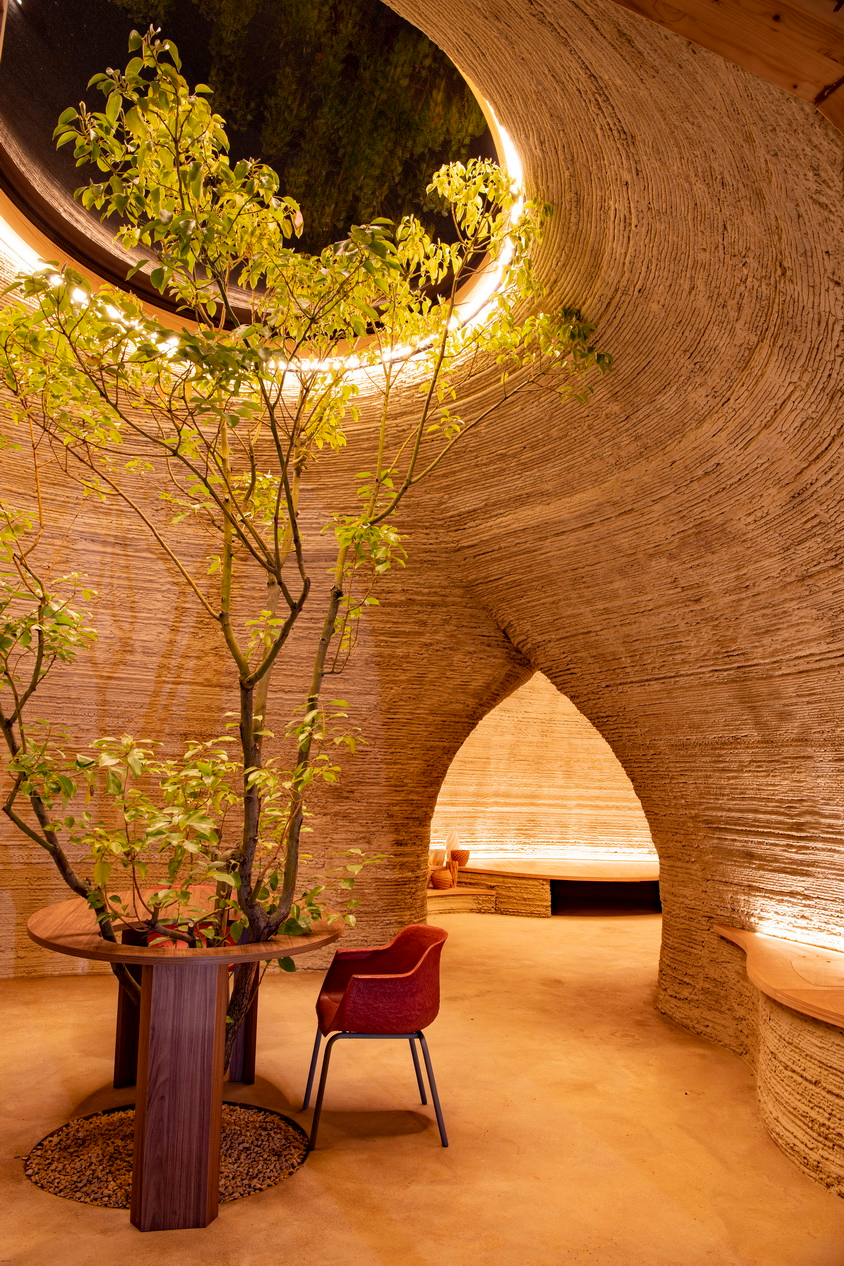
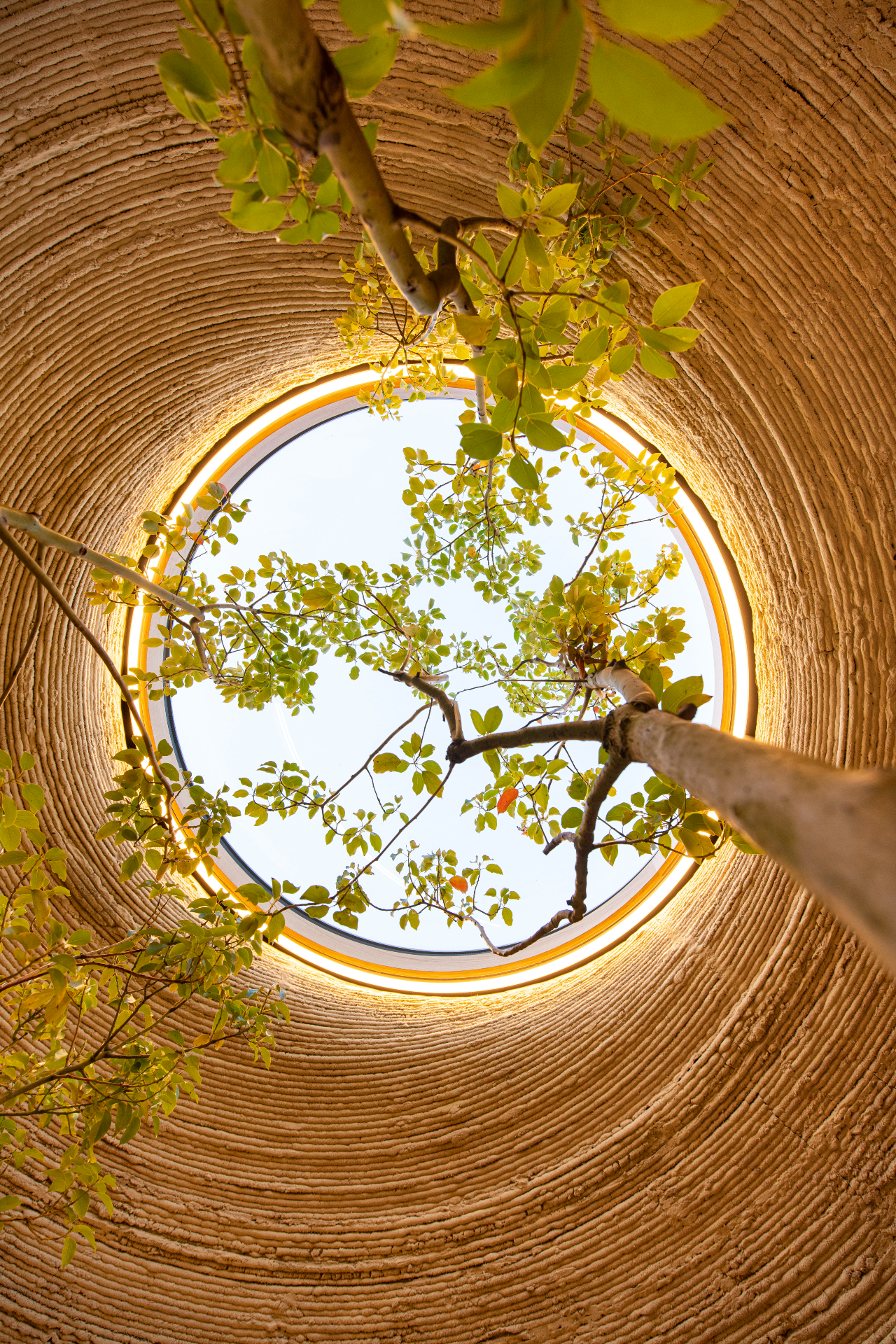
INFORMATION
Wallpaper* Newsletter
Receive our daily digest of inspiration, escapism and design stories from around the world direct to your inbox.
Ellie Stathaki is the Architecture & Environment Director at Wallpaper*. She trained as an architect at the Aristotle University of Thessaloniki in Greece and studied architectural history at the Bartlett in London. Now an established journalist, she has been a member of the Wallpaper* team since 2006, visiting buildings across the globe and interviewing leading architects such as Tadao Ando and Rem Koolhaas. Ellie has also taken part in judging panels, moderated events, curated shows and contributed in books, such as The Contemporary House (Thames & Hudson, 2018), Glenn Sestig Architecture Diary (2020) and House London (2022).
-
 Put these emerging artists on your radar
Put these emerging artists on your radarThis crop of six new talents is poised to shake up the art world. Get to know them now
By Tianna Williams
-
 Dining at Pyrá feels like a Mediterranean kiss on both cheeks
Dining at Pyrá feels like a Mediterranean kiss on both cheeksDesigned by House of Dré, this Lonsdale Road addition dishes up an enticing fusion of Greek and Spanish cooking
By Sofia de la Cruz
-
 Creased, crumpled: S/S 2025 menswear is about clothes that have ‘lived a life’
Creased, crumpled: S/S 2025 menswear is about clothes that have ‘lived a life’The S/S 2025 menswear collections see designers embrace the creased and the crumpled, conjuring a mood of laidback languor that ran through the season – captured here by photographer Steve Harnacke and stylist Nicola Neri for Wallpaper*
By Jack Moss
-
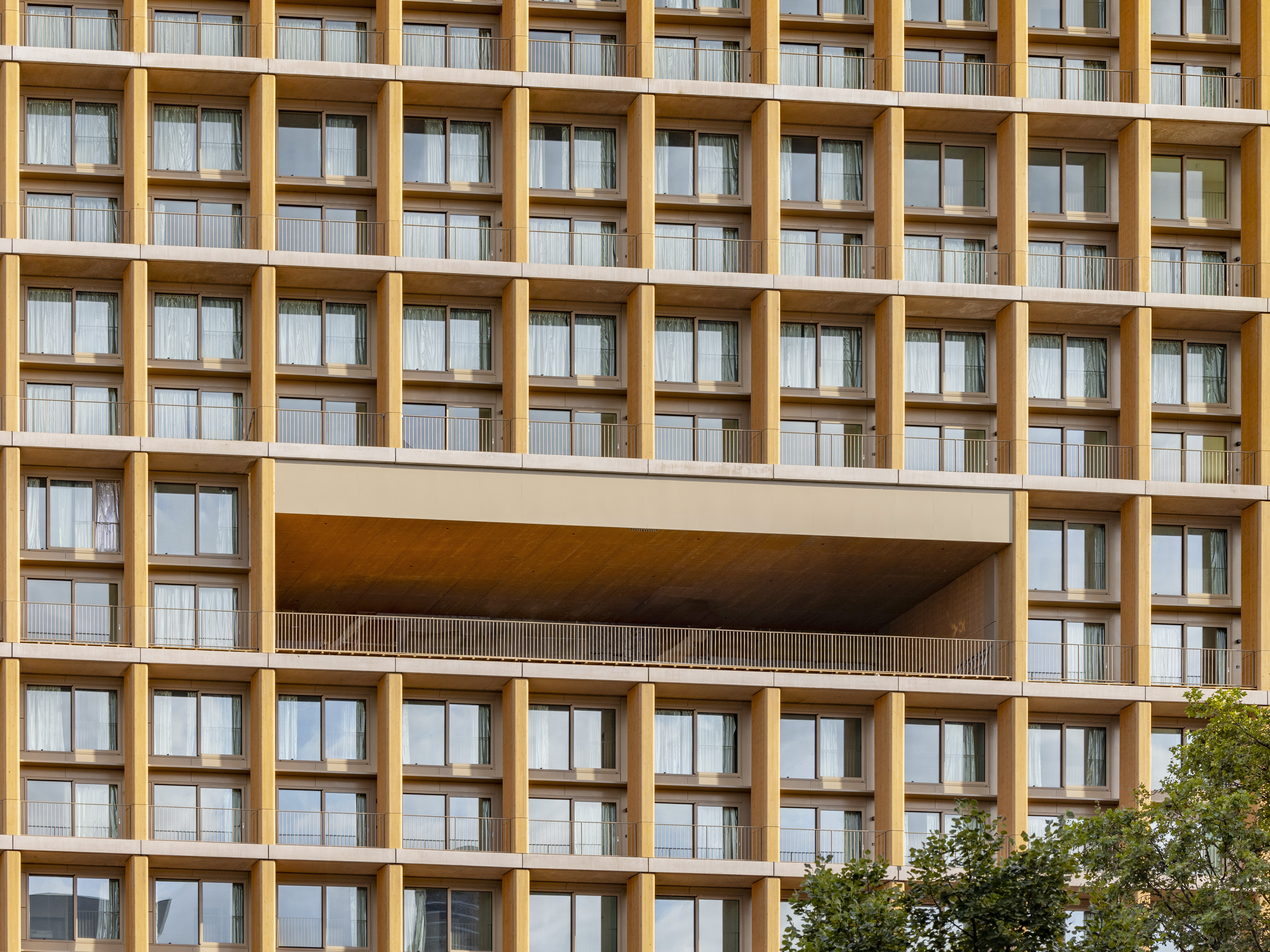 Explore wood architecture, Paris' new timber tower and how to make sustainable construction look ‘iconic’
Explore wood architecture, Paris' new timber tower and how to make sustainable construction look ‘iconic’A new timber tower brings wood architecture into sharp focus in Paris and highlights ways to craft buildings that are both sustainable and look great: we spoke to project architects LAN, and explore the genre through further examples
By Amy Serafin
-
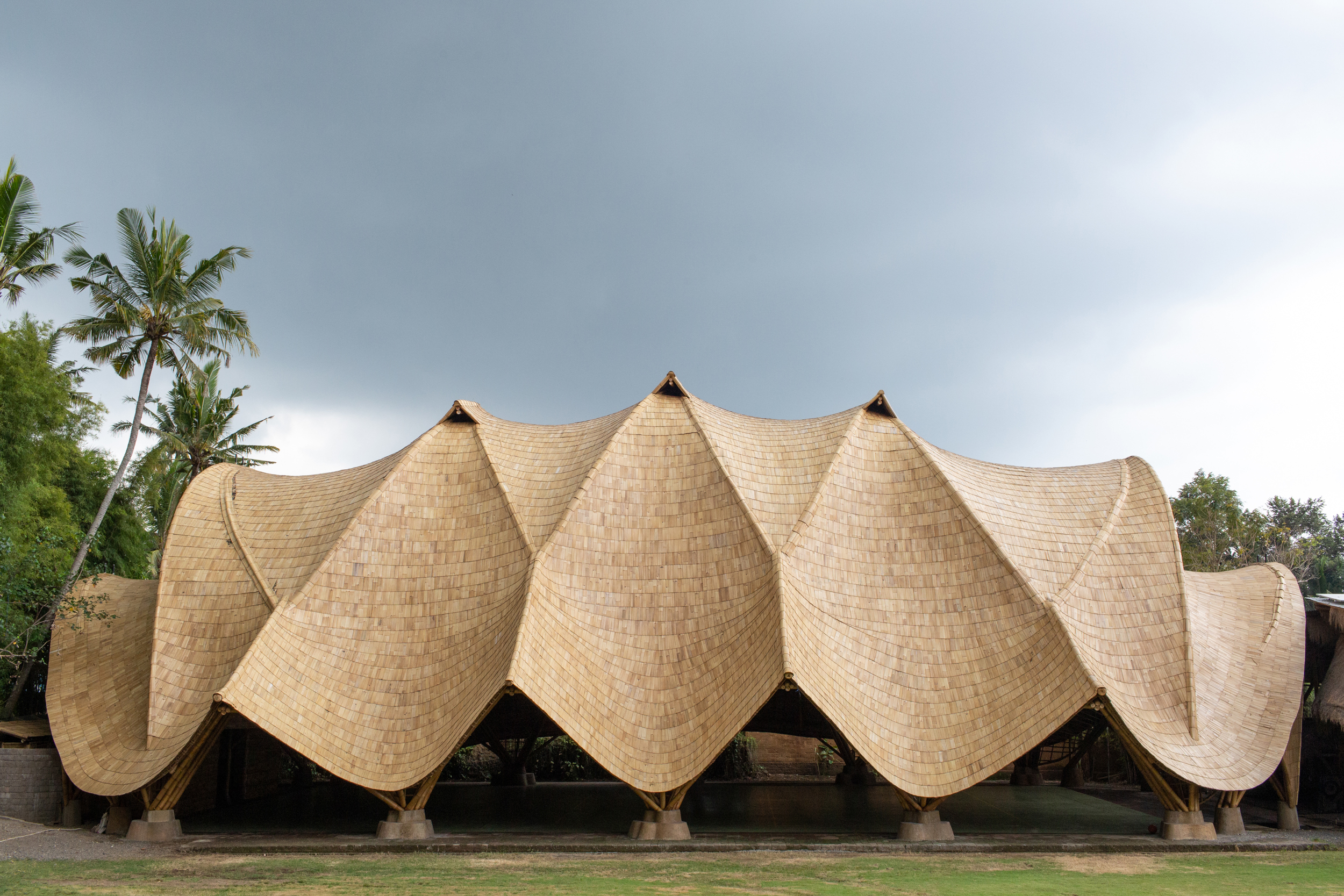 Building with bamboo: In Bali, designer, Elora Hardy, shares her tips and experience
Building with bamboo: In Bali, designer, Elora Hardy, shares her tips and experienceBamboo architecture can be powerful and sustainable; here, we talk to Ibuku's Elora Hardy, who shares her tips, thoughts and experience in working with the material in Bali
By Ellie Stathaki
-
 Remembering Alexandros Tombazis (1939-2024), and the Metabolist architecture of this 1970s eco-pioneer
Remembering Alexandros Tombazis (1939-2024), and the Metabolist architecture of this 1970s eco-pioneerBack in September 2010 (W*138), we explored the legacy and history of Greek architect Alexandros Tombazis, who this month celebrates his 80th birthday.
By Ellie Stathaki
-
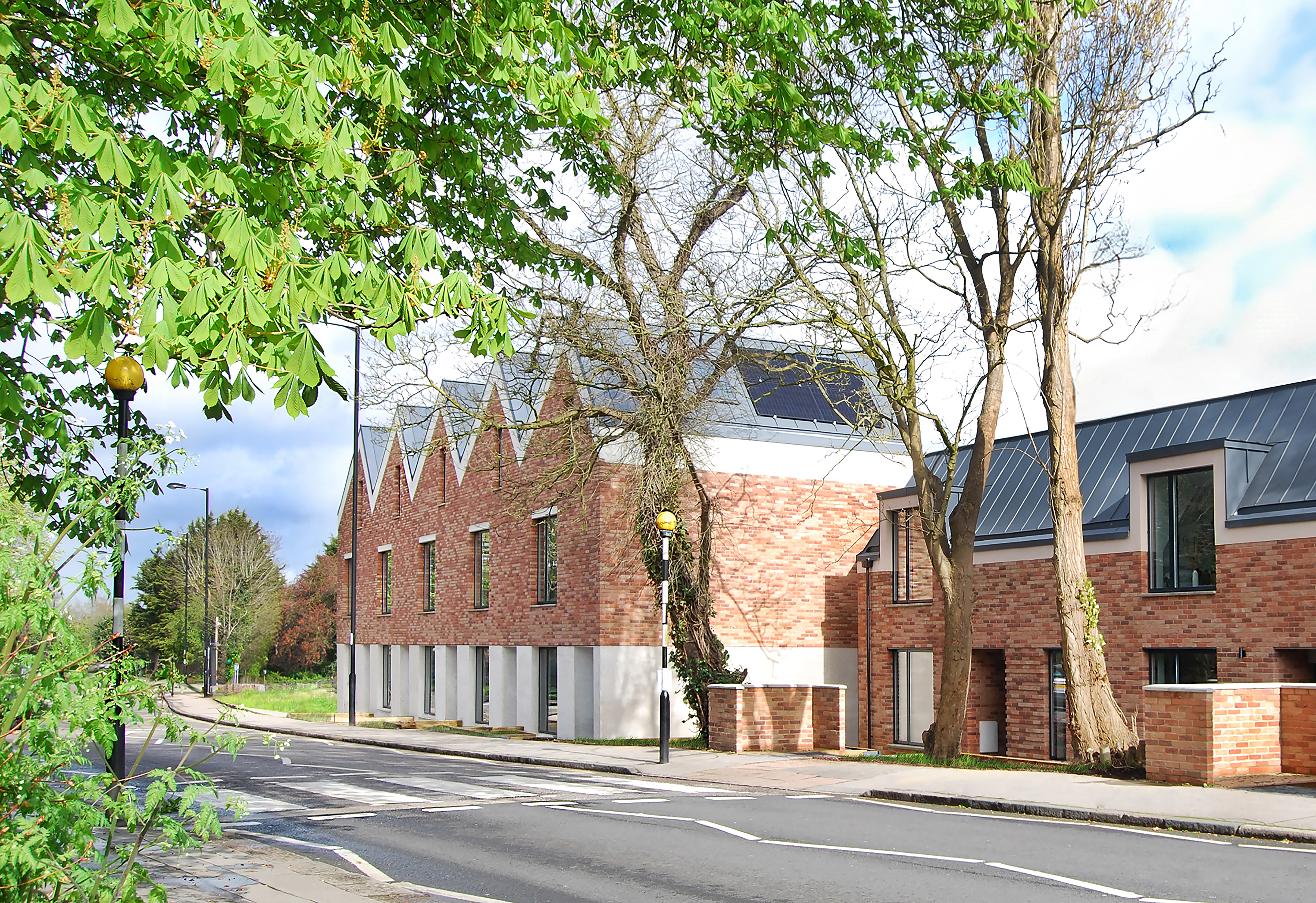 Hermitage Mews is a net-zero family of homes in London’s Crystal Palace
Hermitage Mews is a net-zero family of homes in London’s Crystal PalaceHermitage Mews by Gbolade Design Studio is a sustainable residential complex in south London's Crystal Palace, conceived to be green and contextual
By Ellie Stathaki
-
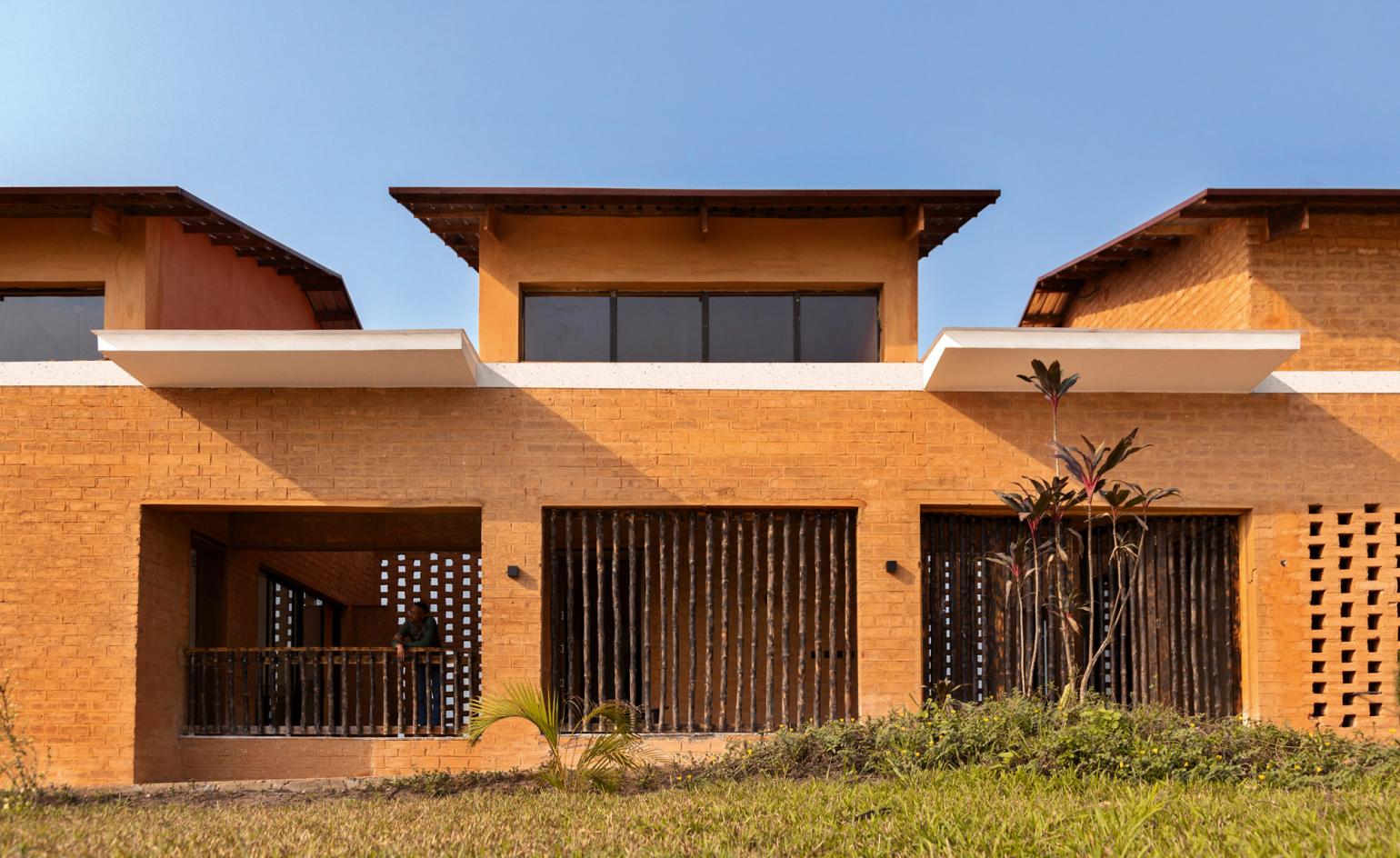 Sustainable architecture: 46 innovative and inspiring building designs
Sustainable architecture: 46 innovative and inspiring building designsThis is sustainable architecture at its best: from amazing abodes to centres of care and hard-working offices, these buildings not only look good but also do good
By Ellie Stathaki
-
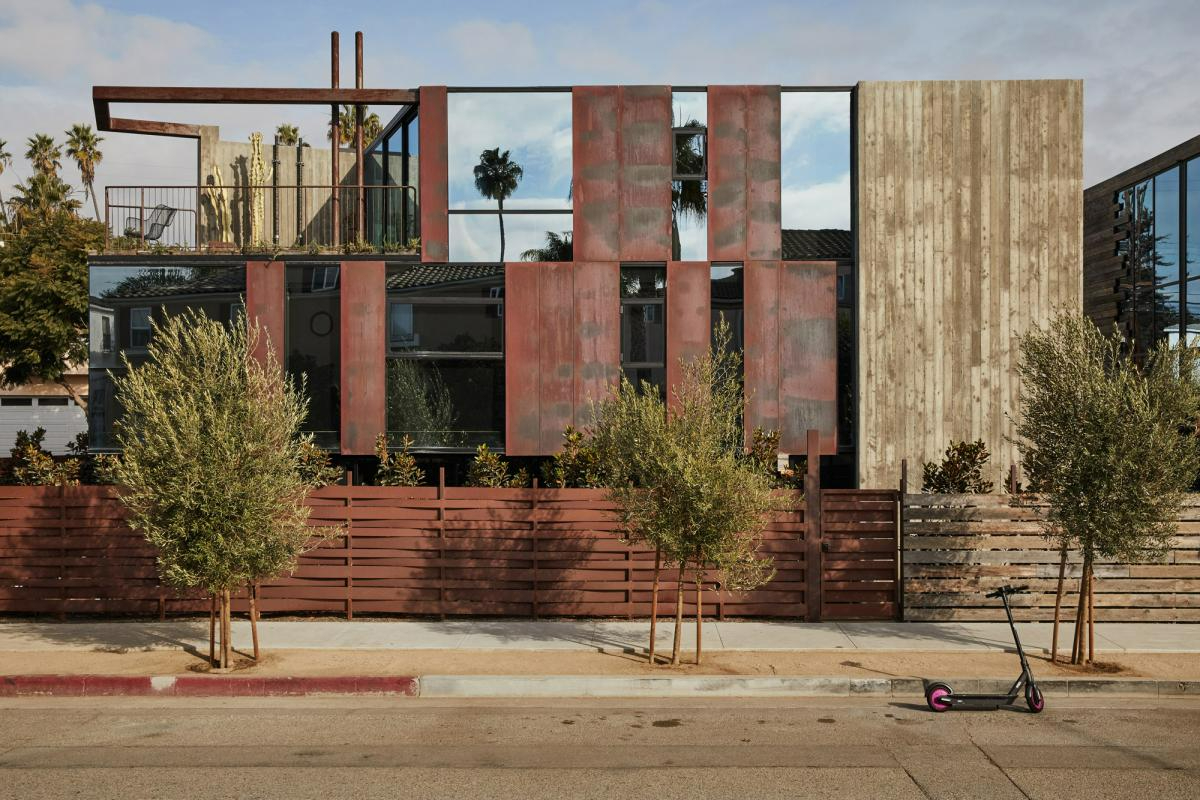 Sun-drenched Los Angeles houses: modernism to minimalism
Sun-drenched Los Angeles houses: modernism to minimalismFrom modernist residences to riveting renovations and new-build contemporary homes, we tour some of the finest Los Angeles houses under the Californian sun
By Ellie Stathaki
-
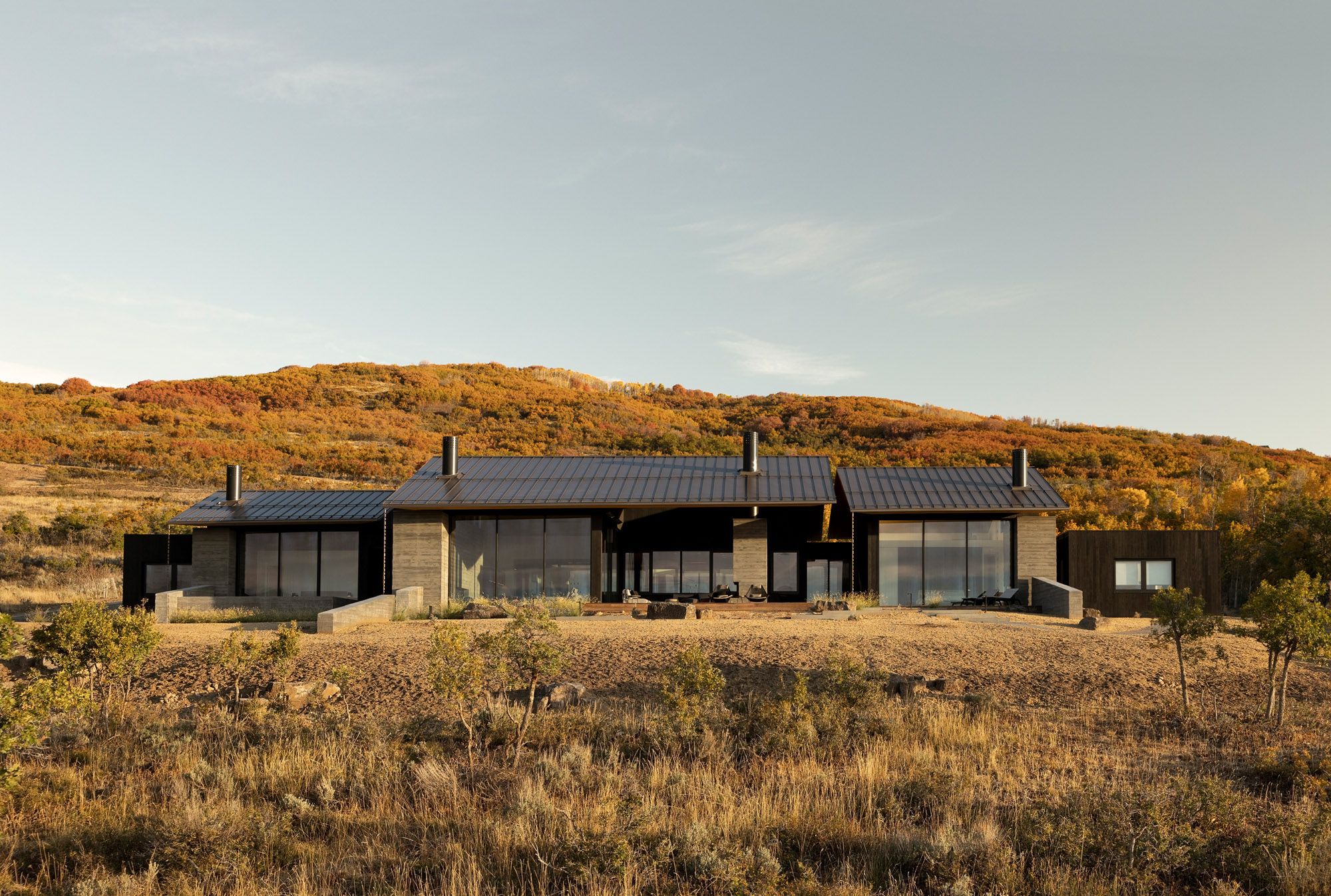 Slot House sets a high bar for sustainable architecture in Utah
Slot House sets a high bar for sustainable architecture in UtahSlot House, an energy-efficient mountain retreat in Utah, by local practice Klima Architecture, sets the bar high
By Eva Hagberg
-
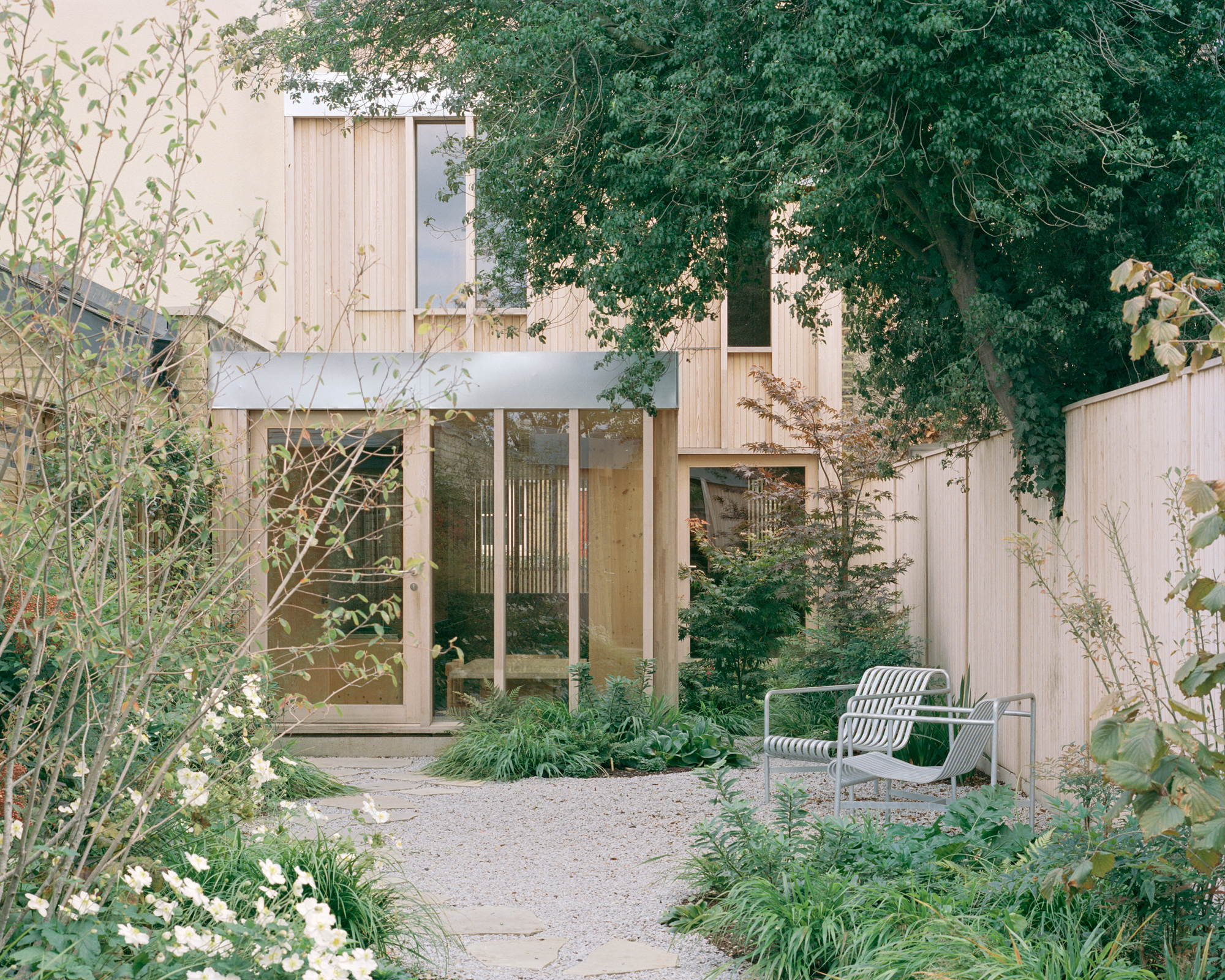 Spruce house offers a minimalist take on sustainable architecture
Spruce house offers a minimalist take on sustainable architectureSpruce House, London practice Ao-ft’s debut project, is a carefully crafted timber house that perfectly slots into its urban landscape
By Ellie Stathaki